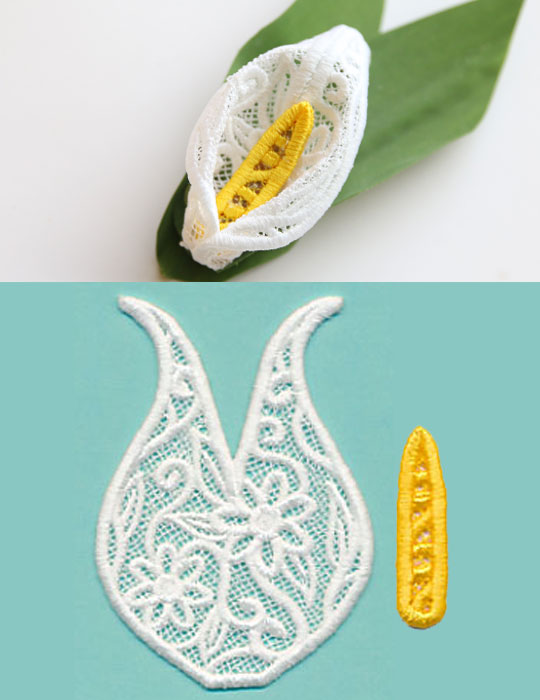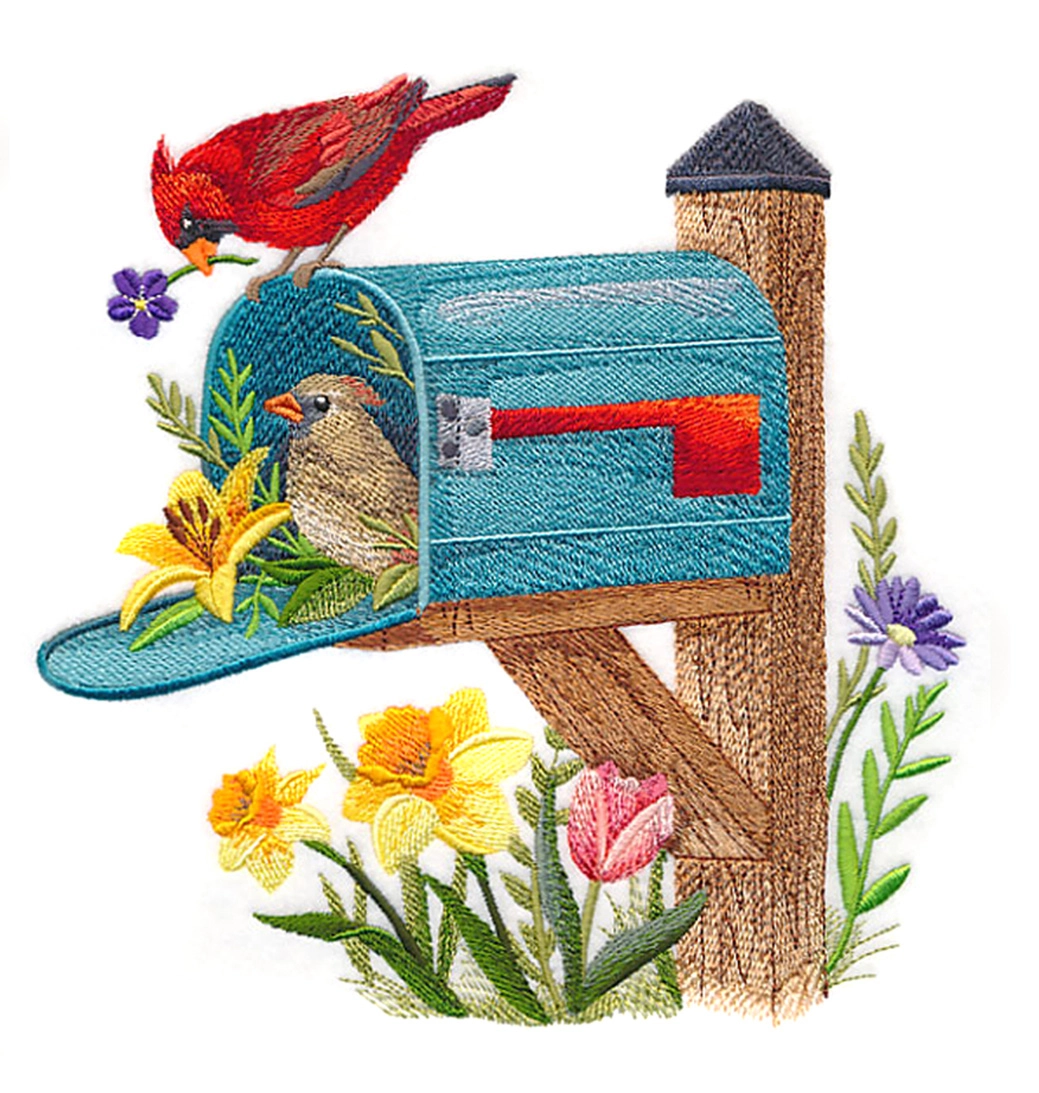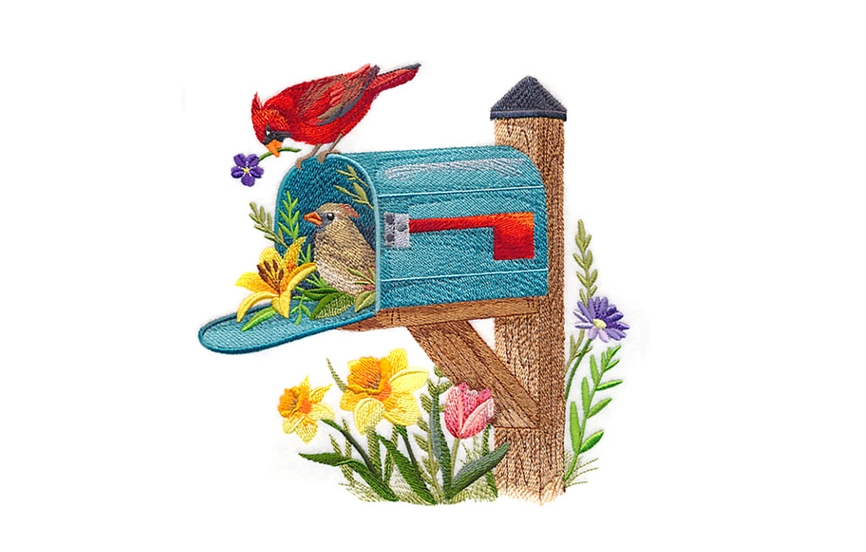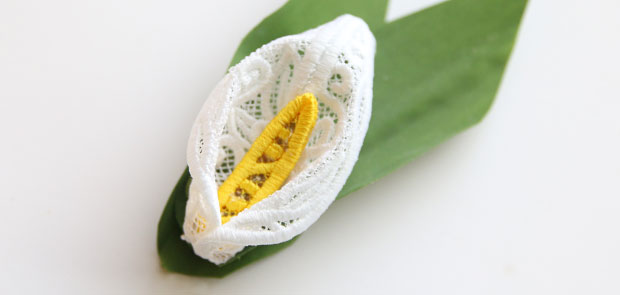
Simple and stunning calla lilies come to life with beautiful freestanding lace. Stitch the three-dimensional embroidery designs as a lovely decor item in your home.
Supplies
- Water-soluble stabilizer
- Hand sewing needle
- Pre-wrapped floral wire
- Wire cutter
- Needle nose pliers
Designs Used
Finished Sizes: Large: 1 7/8" x 3 3/4" Small: 1 1/2" x 2"
Special Notes: Shape the lace petals with your hands to look like real peony petals. Simply bend and shape the lace petals while they are damp, and they will hold their shape when they dry. Once the flower is finished you can spray it with a water spray bottle to make it damp.
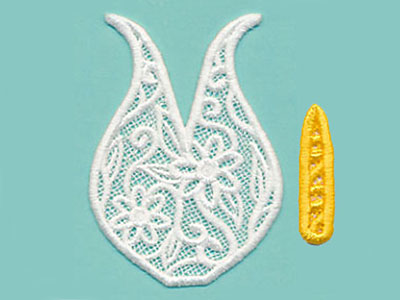
Freestanding lace designs have been specially digitized for watersoluble stabilizer. After the stabilizer is removed, beautiful lace remains behind. When you download the design, you will find a total of 2 files. The file labeled with the letter "a" is the petal piece, and the file labeled with a "b" is the flower center. To make a full calla lily, embroider just one of the file "a", and two of file "b".
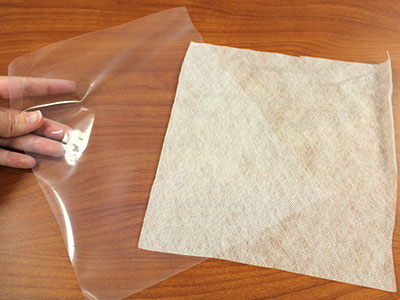
There are a couple of different kinds of water-soluble stabilizer. One is clear and plastic, and that brand is Sulky Ultra Solvy. The other is soft and fibrous, called Vilene. Both will work very well. Vilene is used in this demonstration. Use a size 11 or 75/11 sharp sewing needle. A sharp sewing needle has a smaller, finer point than an embroidery needle. That means it will make smaller holes in the stabilizer.
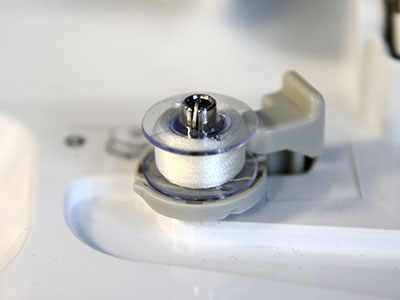
Freestanding lace is seen from both sides, so wind a bobbin with the same thread that you're using in the needle.
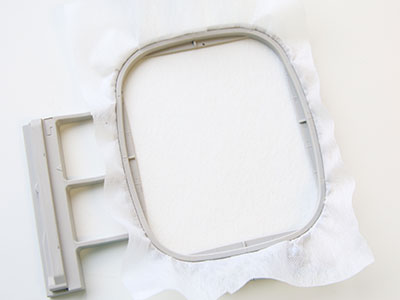
Hoop the stabilizer firmly. Make sure it is nice and tight with no wrinkles.
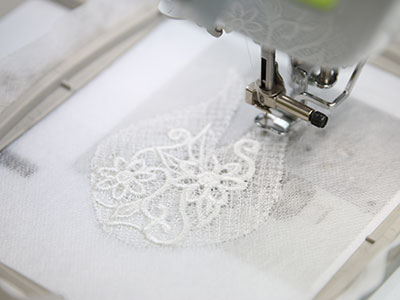
Attach the hoop to the machine and load file "a". In this example, 40 weight rayon thread was used. You can also use 30 weight cotton or metallic thread for most freestanding lace designs. Embroider the design.
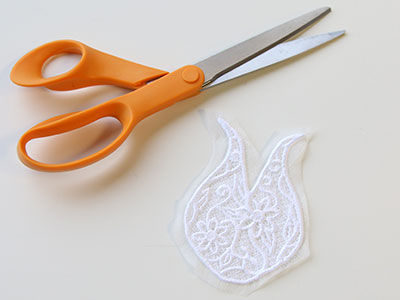
After embroidering, trim away the excess stabilizer.
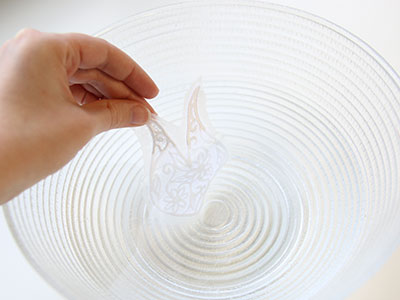
The stabilizer's packaging should give instructions for removing the excess. For Vilene, soak the lace pieces for a few moments.
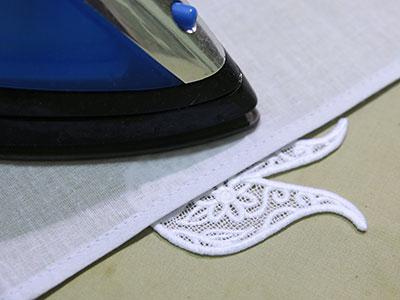
Allow the lace to air dry, then press with a pressing cloth on top.
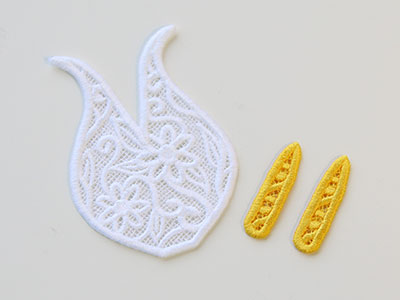
Repeat the steps above to embroider the rest of the lace pieces.
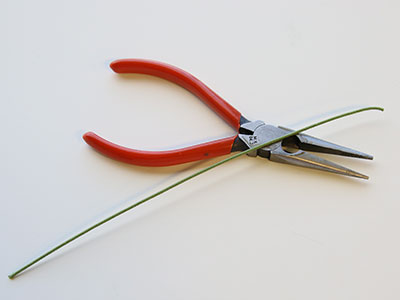
Cut the wire to 10" long with a needle nose pliers or wire cutter.
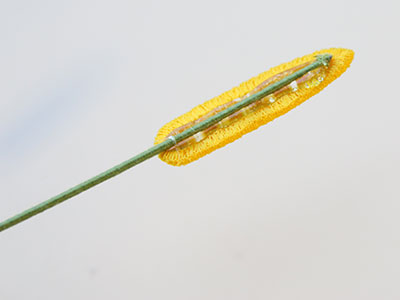
Take one of the embroidered center pieces (piece "b"), and hot glue the end of the wire onto the wrong side of the lace piece.
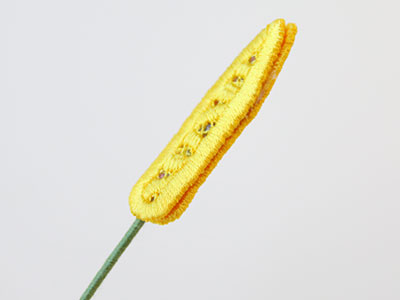
Take the other center piece, and glue it on top, trapping the wire between the two lace pieces. Make sure to glue the wrong side of the lace to the wire.
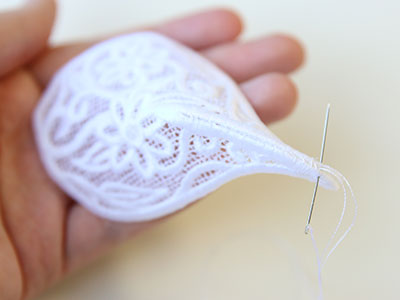
Now take the lace petal pieces (piece "a"), and fold it along the triangle dart with the wrong sides of the lace together. Using a hand sewing needle and the same thread as used in the embroidery, stitch the dart closed.
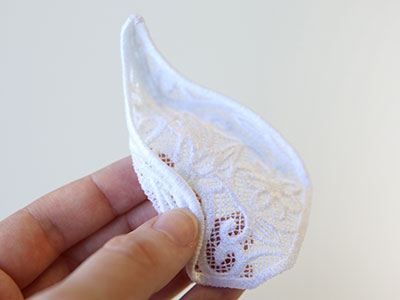
There is a purposeful channel left in the lace design of the calla lily along both sides where it will want to fold. Fold the lace piece along both sides with the wrong sides together, and crease them with your fingers. The right fold will go lower than the right.
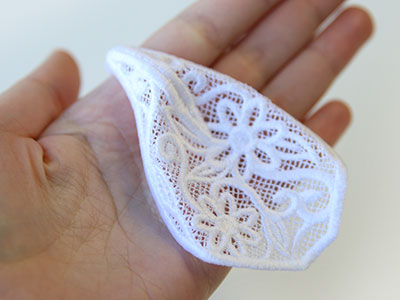
After folding the sides, press the center in towards the end of the dart to create the bowl shape for the flower.
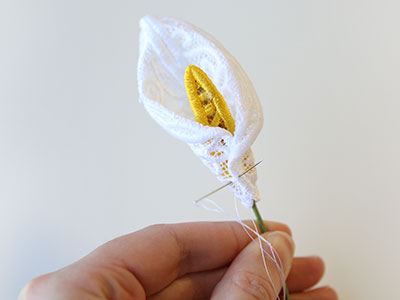
Wrap the lace petal piece around the wire and center, overlapping the right side (which folds lower) over the left. Using a hand sewing needle and the same thread as used in the embroidery, sew the petal overlap in place. Then sew the petal piece to the center lace pieces to keep them from spinning or falling down the wire.
